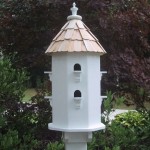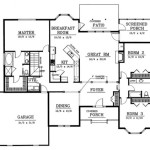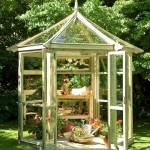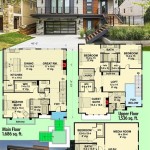Essential Elements of Comprehensive Dog House Plans
For dog owners, the comfort and well-being of their beloved companions are paramount. Providing a safe and cozy shelter is crucial, and that's where meticulously designed dog house plans come into play. Here's a comprehensive guide to the essential aspects to consider when crafting your own dog house plans:
1. Size and Proportions
The size of your dog house should be tailored to the size of your dog. A cramped space can feel confining and uncomfortable, while an overly spacious house can be drafty and inefficient. Measure your dog's height and length, and consider their sleeping habits and preferred positions. Add a few inches to each measurement to ensure ample room for movement and comfort.
2. Ventilation and Insulation
Adequate ventilation is essential to prevent stuffiness and moisture buildup. Include ventilation holes in the walls or roof, ensuring they're not directly aligned with the entrance to avoid drafts. Insulation is equally crucial, particularly in extreme climates. Consider using materials like foam board, fiberglass, or wool insulation to keep your dog warm in winter and cool in summer.
3. Roofing Materials
The roofing material you choose should be weather-resistant and Durable. Asphalt shingles, metal roofing, or treated plywood are excellent options. Ensure the roof has an adequate slope to prevent water accumulation and potential leaks. A slightly overhang can provide protection from rain and sun.
4. Entrance Design
The entrance design should consider your dog's comfort and ease of access. A wide and low entrance will accommodate most dogs, while a raised entrance can help keep out drafts and water. Adding a small step or ramp can make it easier for older or smaller dogs to enter the house.
5. Material Selection
The materials you select for your dog house should be Durable, weather-resistant, and easy to clean. Pressure-treated wood is a popular choice due to its resistance to rot and insects. Other options include cedar, redwood, or composite materials. Ensure all materials are safe for pets and free from harmful chemicals.
6. Foundation and Base
A solid foundation is crucial to prevent the house from sinking or shifting. Consider using a concrete or gravel base. The base should be slightly larger than the footprint of the house to provide stability. Elevate the house a few inches off the ground to prevent moisture accumulation and enhance airflow.
7. Accessories and Details
Once the basic structure is complete, you can enhance the dog house with additional features. A raised bed or a soft pad inside offers comfort and warmth. A drainage system beneath the house can prevent waterlogging. Consider adding a window for natural light and ventilation, and a latch or lock for security.
Conclusion
Creating comprehensive dog house plans requires careful consideration of various essential elements. By following the guidelines outlined above, you can design a safe, comfortable, and durable shelter that will meet your dog's specific needs and ensure their well-being for years to come.

Large Dog House Plans Free Construct101

Top 10 Of The Coolest Dog House Designs Plans Cool Houses Diy

14 Diy Dog Houses How To Build A House Plans Blueprints

Dog House Plans Free Diy Projects Construct101

Extra Large Dog House Plans

Large Dog House Plans Howtospecialist How To Build Step By Diy

Reader Project How To Build The Ultimate Diy Dog House Family Handyman

Diy Modern Dog House Plans Outdoor Wooden Luxury Houses Bed Puppy Large Medium

Large Dog House With Porch Plans Free Garden How To Build Projects

Large Dog Kennel With Porch Plans Pet House Build And Cat Shelter Do It Yourself The Digital Ing Files Diy Outdoor








